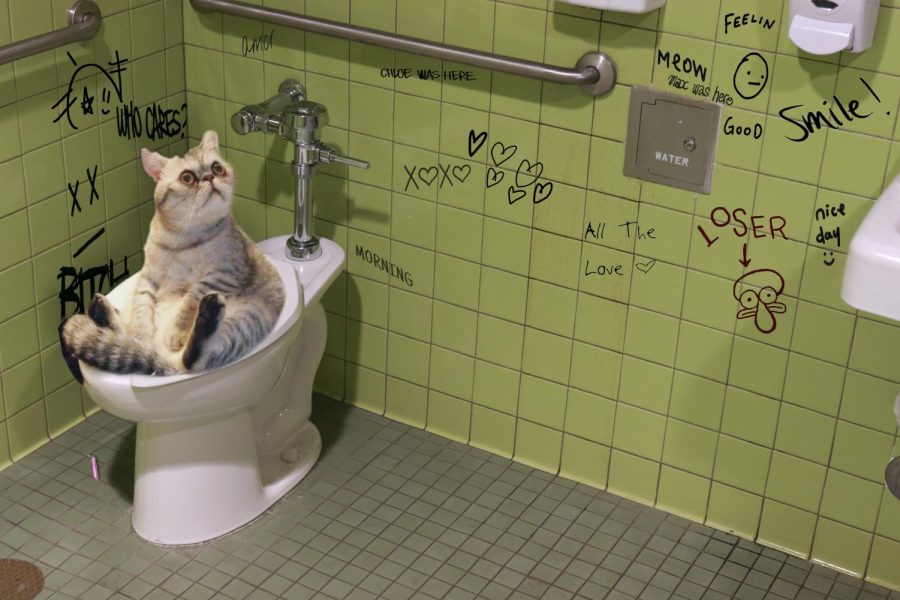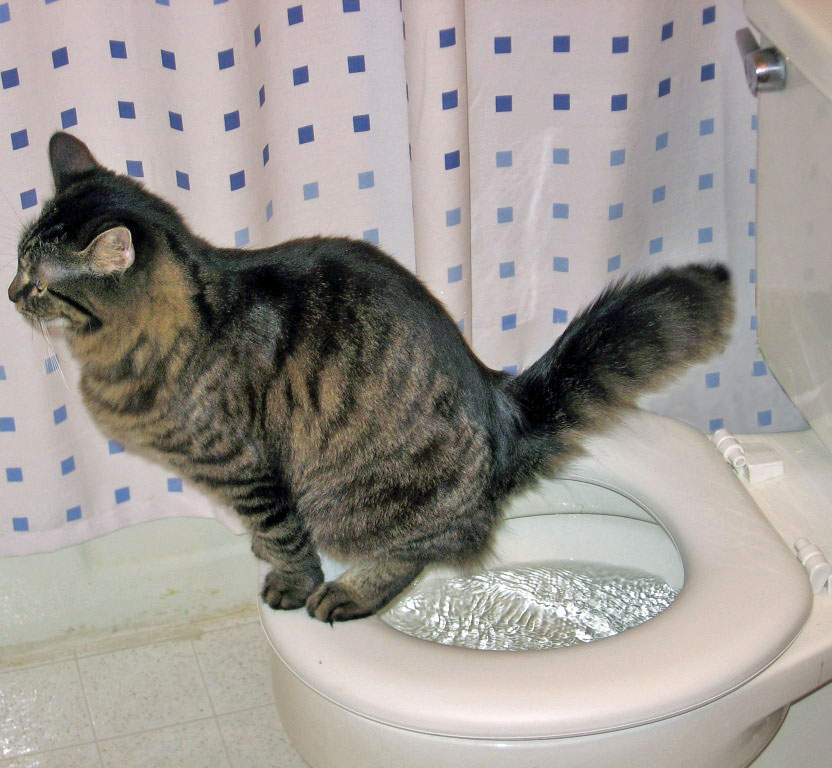We have come across this article relating to How to Dispose of Cat Poop and Litter Without Plastic Bags down the page on the internet and concluded it made sense to write about it with you on this page.

Introduction
As cat proprietors, it's essential to bear in mind how we take care of our feline friends' waste. While it may seem hassle-free to purge feline poop down the toilet, this method can have detrimental effects for both the setting and human wellness.
Alternatives to Flushing
Luckily, there are safer and much more liable ways to dispose of feline poop. Consider the following options:
1. Scoop and Dispose in Trash
One of the most common approach of getting rid of pet cat poop is to scoop it into a naturally degradable bag and throw it in the trash. Be sure to utilize a devoted clutter inside story and deal with the waste promptly.
2. Usage Biodegradable Litter
Opt for eco-friendly cat litter made from products such as corn or wheat. These trashes are eco-friendly and can be securely gotten rid of in the trash.
3. Bury in the Yard
If you have a yard, take into consideration burying feline waste in a marked area far from vegetable gardens and water resources. Make sure to dig deep enough to prevent contamination of groundwater.
4. Mount a Pet Waste Disposal System
Purchase a family pet garbage disposal system specifically developed for feline waste. These systems use enzymes to break down the waste, minimizing odor and environmental impact.
Wellness Risks
In addition to ecological worries, flushing cat waste can likewise present wellness dangers to human beings. Feline feces might consist of Toxoplasma gondii, a bloodsucker that can create toxoplasmosis-- a potentially extreme illness, particularly for expecting women and individuals with damaged immune systems.
Ecological Impact
Purging pet cat poop presents harmful microorganisms and bloodsuckers into the water, presenting a substantial danger to water environments. These pollutants can negatively affect marine life and compromise water quality.
Verdict
Liable pet possession expands beyond offering food and sanctuary-- it likewise involves correct waste administration. By avoiding flushing feline poop down the commode and opting for alternate disposal approaches, we can decrease our ecological footprint and protect human health and wellness.
Why Can’t I Flush Cat Poop?
It Spreads a Parasite
Cats are frequently infected with a parasite called toxoplasma gondii. The parasite causes an infection called toxoplasmosis. It is usually harmless to cats. The parasite only uses cat poop as a host for its eggs. Otherwise, the cat’s immune system usually keeps the infection at low enough levels to maintain its own health. But it does not stop the develop of eggs. These eggs are tiny and surprisingly tough. They may survive for a year before they begin to grow. But that’s the problem.
Our wastewater system is not designed to deal with toxoplasmosis eggs. Instead, most eggs will flush from your toilet into sewers and wastewater management plants. After the sewage is treated for many other harmful things in it, it is typically released into local rivers, lakes, or oceans. Here, the toxoplasmosis eggs can find new hosts, including starfish, crabs, otters, and many other wildlife. For many, this is a significant risk to their health. Toxoplasmosis can also end up infecting water sources that are important for agriculture, which means our deer, pigs, and sheep can get infected too.
Is There Risk to Humans?
There can be a risk to human life from flushing cat poop down the toilet. If you do so, the parasites from your cat’s poop can end up in shellfish, game animals, or livestock. If this meat is then served raw or undercooked, the people who eat it can get sick.
In fact, according to the CDC, 40 million people in the United States are infected with toxoplasma gondii. They get it from exposure to infected seafood, or from some kind of cat poop contamination, like drinking from a stream that is contaminated or touching anything that has come into contact with cat poop. That includes just cleaning a cat litter box.
Most people who get infected with these parasites will not develop any symptoms. However, for pregnant women or for those with compromised immune systems, the parasite can cause severe health problems.
How to Handle Cat Poop
The best way to handle cat poop is actually to clean the box more often. The eggs that the parasite sheds will not become active until one to five days after the cat poops. That means that if you clean daily, you’re much less likely to come into direct contact with infectious eggs.
That said, always dispose of cat poop in the garbage and not down the toilet. Wash your hands before and after you clean the litter box, and bring the bag of poop right outside to your garbage bins.
https://trenchlesssolutionsusa.com/why-cant-i-flush-cat-poop/

I'm very serious about Can You Flush Cat Poo or Litter Down the Toilet? and I'm hoping you enjoyed reading our page. Appreciated our write-up? Please share it. Let someone else discover it. I cherish reading our article about Can You Flush Cat Poop Down The Toilet?.
Book An Appointment